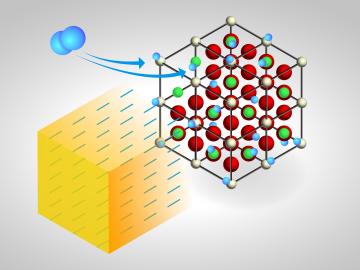Filter News
Area of Research
News Type
Date
Media Contacts

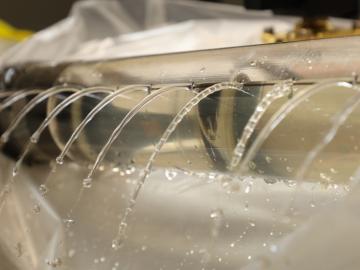
A precision approach to treating snow- and ice-covered roads, developed by an Oak Ridge National Laboratory-led research team, aims to help cities effectively allocate resources and expand coverage on roadways. The combined software and hardware technology analyzes existing city data and uses high-resolution modeling to identify areas most vulnerable to drivers during hazardous weather conditions.
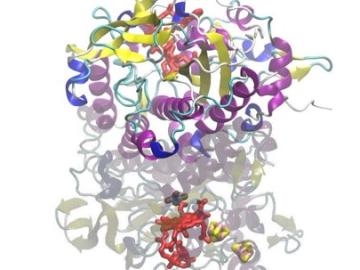
An Oak Ridge National Laboratory-led team discovered a function of certain microbes that produces a new derivative of vitamin B12, which is crucial to a cell’s ability to perform life-sustaining metabolic activities. Their findings could ultimately open avenues for novel environmental and water clean-up strategies.
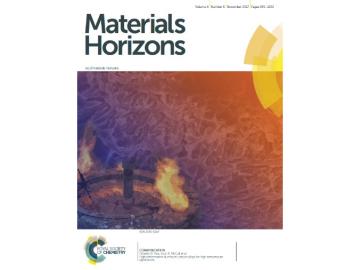

Scientists at the Department of Energy’s Oak Ridge National Laboratory have identified a common set of genes that enable different drought-resistant plants to survive in semi-arid conditions, which could play a significant role in bioengineering

Five researchers at the Department of Energy’s Oak Ridge National Laboratory have been elected fellows of the American Association for the Advancement of Science (AAAS). AAAS, the world’s largest multidisciplinary scientific society

The Department of Energy’s Oak Ridge National Laboratory has hired high-performance computing leader David Womble to direct its artificial intelligence (AI) efforts. Womble began as AI Program Director on October 30. His responsibilities include guiding ORNL’s AI a...
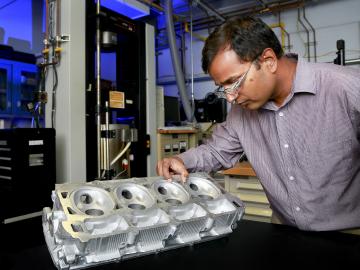

The U.S. Department of Energy’s Office of Science announced 55 projects with high potential for accelerating discovery through its Innovative and Novel Computational Impact on Theory and Experiment (INCITE) program. The projects will share 5.95 billion core-hours on t...
